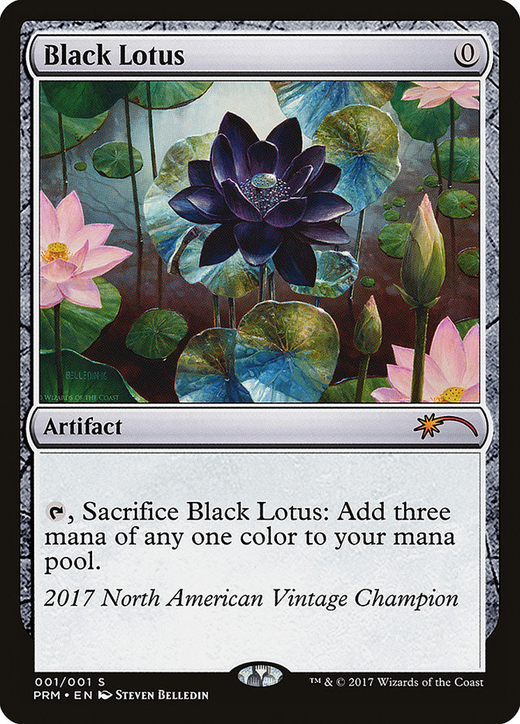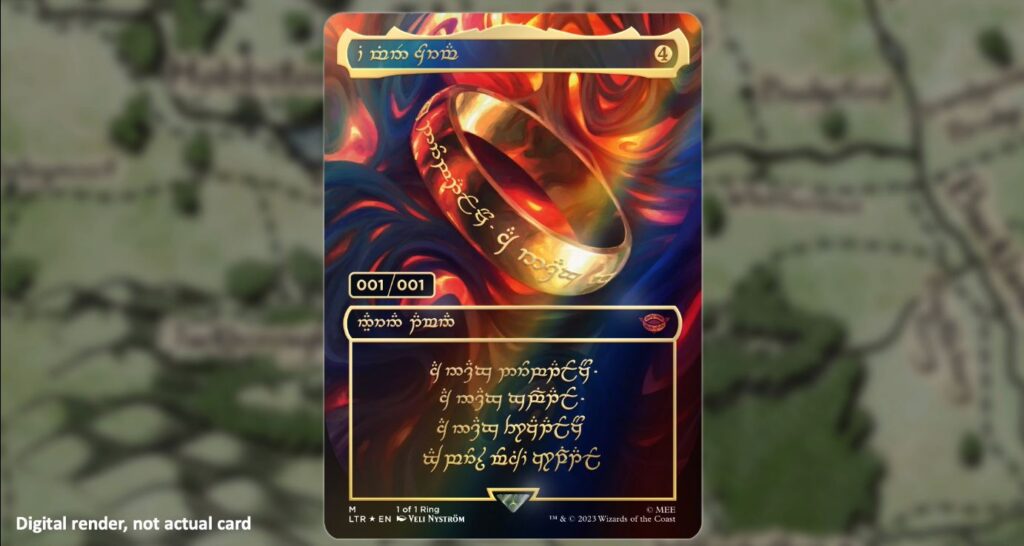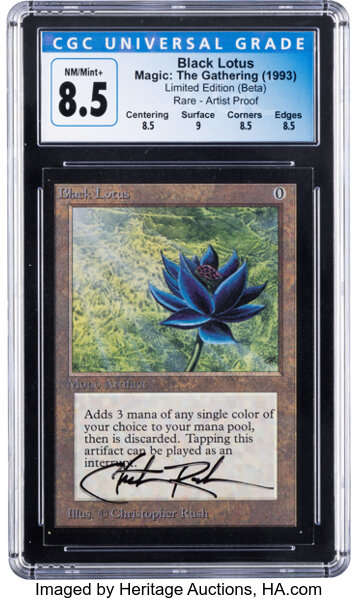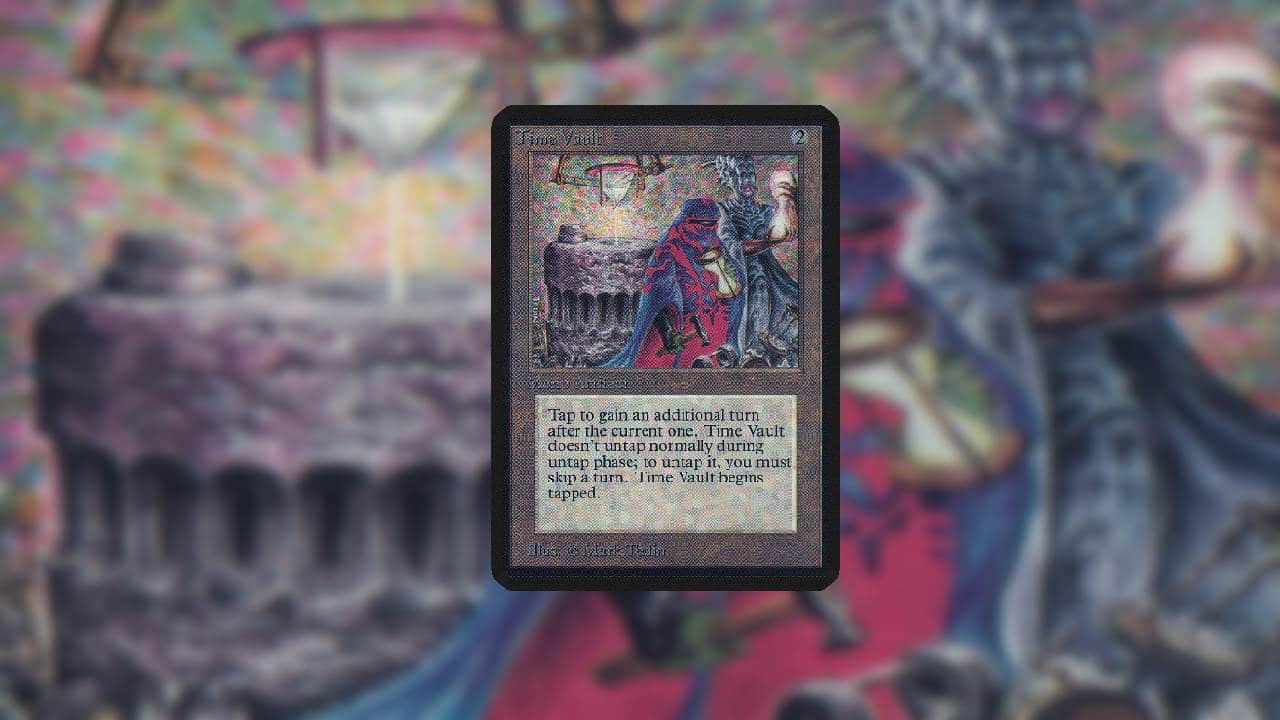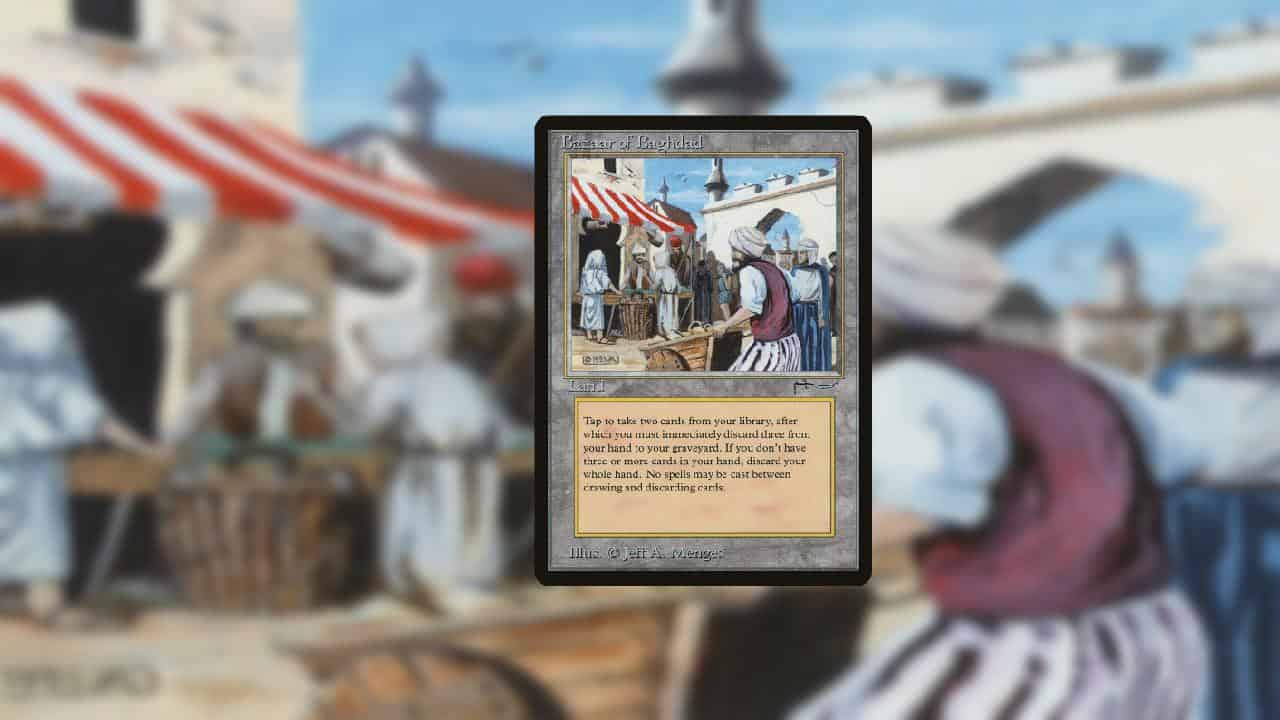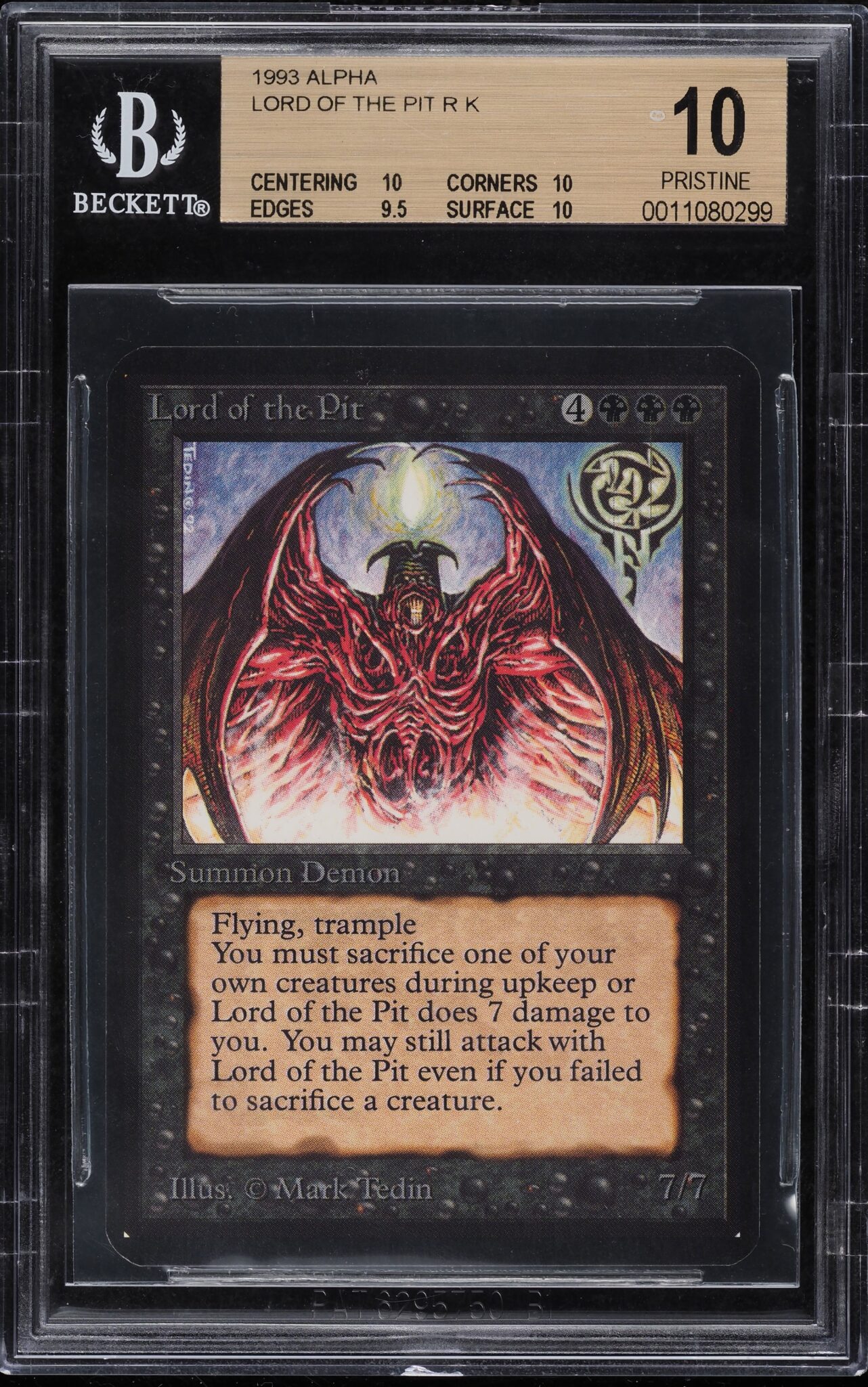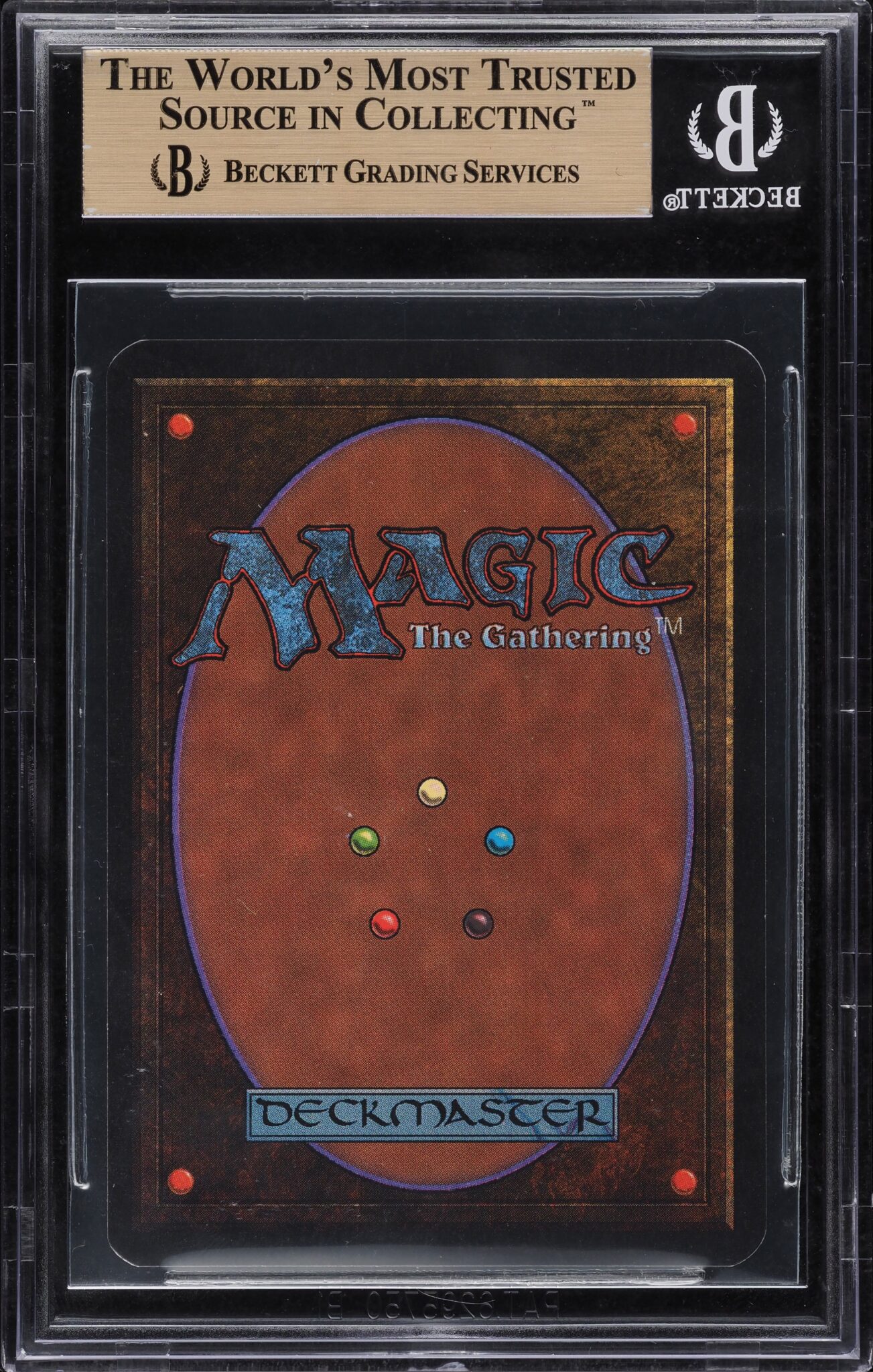Discover Pandipedia
Pandipedia is the world's first encyclopaedia of machine generated content approved by humans. You can contribute by simply searching and clicking/tapping on "Add To Pandipedia" in the answer you like. Learn More
Expand the world's knowledge as you search and help others. Go you!

The primary competitor to Android in the mobile operating systems market is iOS, developed by Apple. The competition between Apple and Android manufacturers has significantly influenced the smartphone landscape and, consequently, search engine usage in the U.S.[1].
Additionally, Tizen, created by Samsung, is mentioned as another mobile operating system, though it's less prominent compared to iOS. Historically, Blackberry and Windows Mobile were also part of the competitive landscape, but their current status as competitors is unclear[2].
Let's look at alternatives:
- Modify the query.
- Start a new thread.
- Remove sources (if manually added).
- Request a manual search from our human research team.
Some of the rarest sports in the Olympics include:
200 metres obstacle race - Featured only at the 1900 Paris Olympics, where competitors navigated various barriers, including boats[2].
Basque Pelota - An official sport in the 1900 Olympics and a demonstration sport in later years[2].
Tug of War - An Olympic event from 1900 until 1920, where teams competed to pull a rope[3][2].
Running deer shooting - Included from 1908 to 1924, where participants shot at a wooden target shaped like a deer[2].
Solo Synchronized Swimming - Debuted in 1984 and discontinued after 1992, involving solitary performances in water[3].
Live Pigeon Shooting - Conducted during the 1900 Olympics, resulting in nearly 300 pigeons being shot[3].
Roller Hockey - Featured in the 1992 Olympics and based on ice hockey rules[3].
Obstacle Race Swimming - Held at the 1900 Games, where swimmers faced various obstacles[3].
Club Swinging - Competed in 1904 and 1932, where athletes twirled clubs[3].
La Canne - A martial art using a cane, featured in the 1924 Olympics[3].
Rope Climbing - An event from 1896 to 1932, where athletes climbed a braided rope[3].
These sports highlight the diverse and sometimes unusual events that have been part of the Olympic Games over the years[2][3].
Let's look at alternatives:
- Modify the query.
- Start a new thread.
- Remove sources (if manually added).
- Request a manual search from our human research team.
Get more accurate answers with Super Search, upload files, personalised discovery feed, save searches and contribute to the PandiPedia.
Let's look at alternatives:
- Modify the query.
- Start a new thread.
- Remove sources (if manually added).
- Request a manual search from our human research team.
Let's look at alternatives:
- Modify the query.
- Start a new thread.
- Remove sources (if manually added).
- Request a manual search from our human research team.
Black Lotus: The iconic card widely regarded as the most valuable and powerful Magic
The Gathering card, known for its ability to provide three mana of any color for free, with prices reaching as high as $3 million for a pristine condition Alpha edition in April 2024[7][8].
The One Ring: A unique 1/1 variant from the Lord of the Rings
Tales of Middle-earth set, it sold for $2 million to musician Post Malone, making it the most expensive trading card transaction in Magic history[6][8][9].
Lord of the Pit
An early MTG card from the Alpha set known for its power in gameplay, it sold for $105,000 in January 2023, making it one of the most valuable cards in the game's history[3][7].
Timetwister
A member of the Power Nine that allows players to reset their hand and graveyard, sold for $84,000 in a recent auction[9][7].
Ancestral Recall
Known for allowing a player to draw three cards for one mana, this card can fetch up to $38,500 at auction[3][9].

Vesuvan Doppelganger
A shapeshifter card that copies other creatures, sold for $63,000, exemplifying its collectible nature[4][9].
Underground Sea
A dual land that taps for blue or black mana, valuable in numerous decks, with recent sale prices reaching $36,100[9].

Shivan Dragon
A powerful creature card from Alpha, it has sold for $44,400 and is notable for its gameplay strength and collectibility[3][4].
Copy Artifact
This card allows for the replication of another artifact on the battlefield, with sales around $29,400[4][9].
Ancestral Recall (Alpha, PSA 10)
The highest-selling version of this card, featuring its original printing, sold for $38,500[4][9].
Black Lotus (Artist Proof, Beta)
An artist proof variant of Black Lotus fetched $616,000, showcasing its immense value[9].
Splendid Genesis
A unique promotional card celebrating the birth of Richard Garfield’s daughter, sold for $72,000 in June 2022[4].
Time Vault
A card that can enable infinite turns when combined with other plays, it remains a high-value, collectible item[6][9].
The Tabernacle at Pendrell Vale
A legendary land that taxes creatures, known for its high price in the collector's market[9].
Bazaar of Baghdad
A critical card for discard strategies, valued highly and often priced above $40,000[6][9].
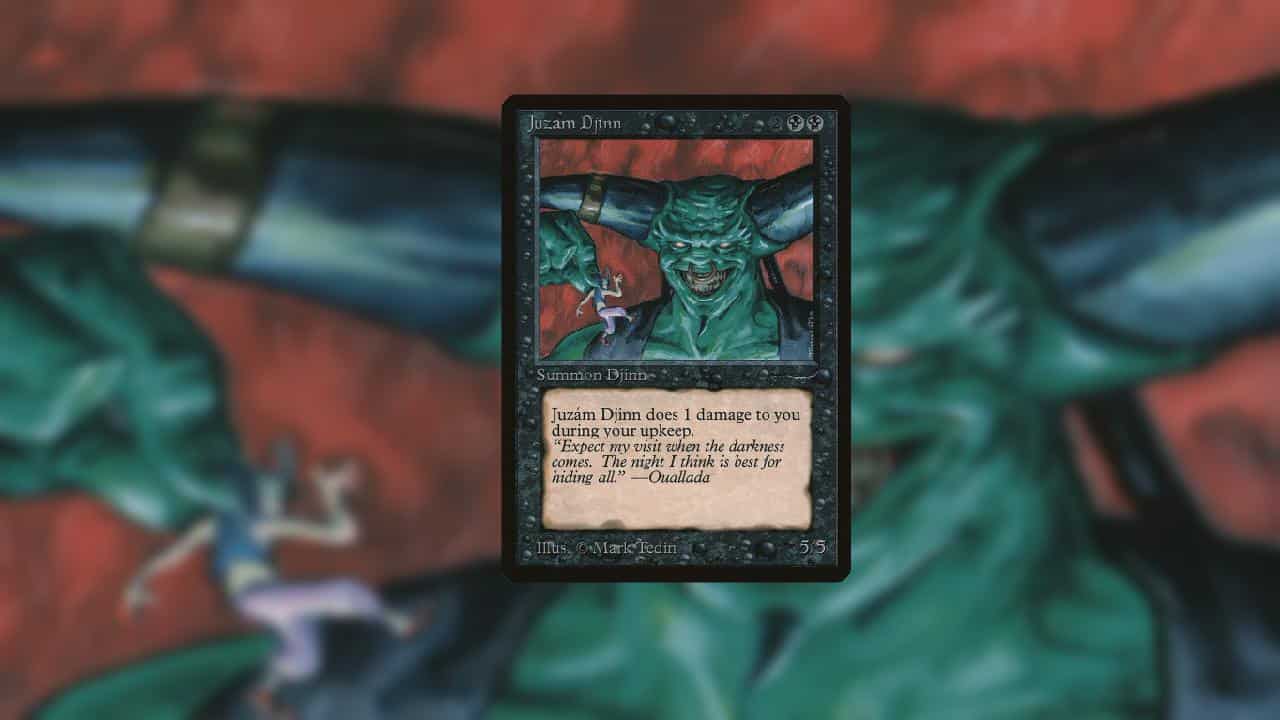
Juzam Djinn
A nostalgic card from Arabian Nights, valued for its history and rarity within the game[6].
Candelabra of Tawnos
Valuable in artifact decks, known for enabling mana rituals while reaching high auction prices[6][9].
Mox Sapphire
A blue mana artifact, part of the Power Nine, with notable sales reaching over $46,800[9].
Time Walk (Alpha, PSA 10)
Recorded sales similar to the standard Time Walk card but emphasizing its pristine condition within the Alpha set[9].
Candelabra of Tawnos
Useful for mana manipulation, this card finds itself frequently sought after within competitive formats[6].
Lord of the Pit (BGS 10)
A pristine condition variant of this card reached $105,000, highlighting its collector's demand and scarcity[9].
Let's look at alternatives:
- Modify the query.
- Start a new thread.
- Remove sources (if manually added).
- Request a manual search from our human research team.

Mark Klein, an AT&T technician, exposed the details of Room 641A, revealing its role in NSA surveillance by connecting internet data circuits to equipment for monitoring communications[1][2][5]. His disclosures led to significant public attention and legal actions against AT&T for their collaboration with the NSA[3][4].
Let's look at alternatives:
- Modify the query.
- Start a new thread.
- Remove sources (if manually added).
- Request a manual search from our human research team.
Get more accurate answers with Super Search, upload files, personalised discovery feed, save searches and contribute to the PandiPedia.

GSEs is kind of the Swiss army knife to the browser.
The Witness[1]
Browsers need a backstop. So if browsers have a choice, they're giving users a Swiss army knife.
The Witness[1]

You're drawing a conclusion from the big 1 model, that people are not using a Swiss army knife, that they're just using a knife.
MR. DINTZER[1]
Let's look at alternatives:
- Modify the query.
- Start a new thread.
- Remove sources (if manually added).
- Request a manual search from our human research team.
Let's look at alternatives:
- Modify the query.
- Start a new thread.
- Remove sources (if manually added).
- Request a manual search from our human research team.
Let's look at alternatives:
- Modify the query.
- Start a new thread.
- Remove sources (if manually added).
- Request a manual search from our human research team.
Magical realism in literature is a genre that blends fantastical elements with ordinary life. It features ordinary characters whose lives intertwine with the extraordinary, creating a narrative where 'fantasy slips into everyday life' without being questioned or explained by the characters[3][4]. This style often serves as a powerful tool for sociopolitical critique, exploring themes like colonialism and identity while maintaining a grounding in realism[4].
The term was popularized by Latin American authors, notably Gabriel García Márquez and Isabel Allende, who incorporated elements of folklore and myth within their narratives[1][3]. Works of magical realism include 'One Hundred Years of Solitude,' where the extraordinary is treated as a natural part of life[1].
Let's look at alternatives:
- Modify the query.
- Start a new thread.
- Remove sources (if manually added).
- Request a manual search from our human research team.

